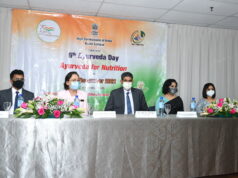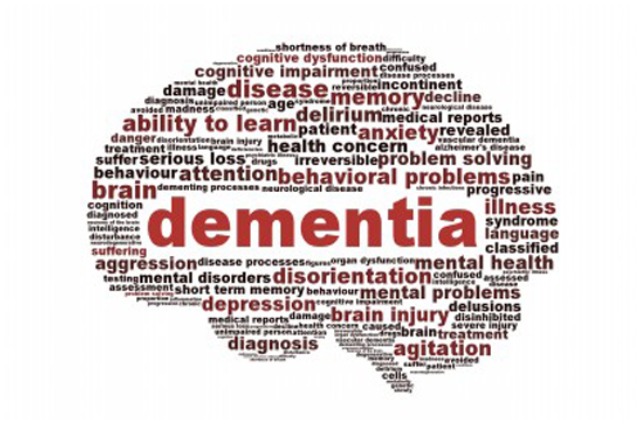Being on a diet isn’t always synonymous with a healthier life. Your body needs a little bit of everything, and depriving it of any food group does more harm than good. Knowing what to eat, when to eat and how much to eat will help you make the switch to a better way of life.
Our food habits and lifestyles are changing. Today’s push-button lifestyle demands higher nutrition and lower calories. But most of the food available to us serves up the opposite: it’s low in nutritional content but high in calories.
Empty calorie are easily available as cakes, cookies, chips and crispies, street food, packaged juices, even increased alcohol consumption. Besides, smoking and drug abuse can change the way our bodies respond to, and absorb, food, triggering food intolerances and allergies.
So we may get our share of the calories, but we still end up with huge nutritional deficiencies, which are at the core of the common diseases afflicting us-cardiovascular disease, type 2 diabetes, hormonal imbalances, obesity… This is our biggest challenge-bridging the gap between this ‘demand’ and ‘supply’.
There are three cornerstones to a healthy, nutritious eating plan. This isn’t a ‘diet’, it’s habits to inculcate to build a healthy relationship with food, which will help you live your best life.


Replace fried snacks and chips with nuts and roasted gram. Make sure you include all food groups in your diet-cereals/grains, pulses, vegetables. fruits, low-fat dairy, nuts and lean meats. Don’t cut out any foods altogether. It’s alright to have the odd samosa or cake, but treat it as an indulgence.
HOW MUCH YOU EAT: Watching your portion size is as important as watching what you eat. Smaller, more frequent meals make it easier for your body to digest and absorb the nutrients. In terms of proportion, half your plate should be vegetables and fruits, and the rest can be grains, pulses and low-fat dairy. Maintain a food diary. It is as powerful a tool in sticking to your eating plan, as standing in front of a mirror is to your fitness plan. We tend to eat and forget, but a diary will help you keep track.
WHEN YOU EAT: Always address your body’s needs. If you feel hungry around 5 pm, eat at 5 pm. Depri-ving your body of food when it asks for it, prevents the effective break-down of food, storing it as fat instead. Breakfast is non-negotiable. Eat dinner by 7. If you stay up late, don’t push back dinner, but have a light, post-dinner snack or some fruit around 10 pm.
INDIA TODAY










